HK Review: Pakistan Ordnance Factory vs German HK products
(updated 04-09-2020)
Introduction
The purpose of this page is to compare and contrast HK rifle parts manufactured in Germany with HK rifle parts manufactured by Pakistan Ordnance Factory (POF), with particular attention to fit and finish. POF is a licensed manufacturer of parts, accessories, and complete firearms. They are ISO 9000/1 certified and make parts for the German government as well as military and law enforcement sales world wide. Currently, the supply of German manufactured parts is at an all-time low, combined with prices being at an all-time high. A potential source for competitively priced parts and accessories bears consideration – provided the quality is acceptable.
When the owner of Pakistan Ordnance Factory – USA called me to ask if I would like to carry their product, I replied “Of course not – Paki stuff is crap.” He invited me to his warehouse to examine for myself and I admit I was quite skeptical at first. I had seen some parts over the last 15 years, allegedly of Pakistani origin, that were not too impressive. POF realizes that access to the US commercial market requires parts that are not just functional, but also cosmetically appealing and the “new” POF products are very nice.
Trigger Groups
The POF has two 1/4″ circles that are barely discernable from the punches that eject the polymer from the mould (other side).
Like the S-E-F group above, notice the paint lettering on the German is more precise than the POF group. The 4-position German is an MP-5K PDW/SP89 group; the POF is an MP5 unit. the paint in the lettering is wider and less neatly done than the German. The grain texture on the selector is slightly coarser than the German, but I had to have both together to tell which was which. The German 4-position has two pins through the hollow rear side of the trigger, the POF does not: it has the same style trigger as the German S-E-
There is no discernable differences between the housings other than the phosphate coating is slightly darker on the POF. The hammer has a “Q” engraved by electro-pencil on its face as well as number or letter codes on the trigger and some other parts (located by arrows) that are absent from the German. I originally thought these might be serial numbers, but since I have multiple packs with the same number, I now believe them to be a part number.
Sear and hammer engagement surfaces on the POF group are finely ground as they are on the German counterpart. Showing the German one is not a fair comparison in this instance because I have done a trigger job on the German unit and polished the surfaces to a slightly finer finish. If I can find an unaltered German unit I will post a photograph for comparison.
Magazines
Magazine seams are perfect roller-welded. The magazines are definitely the best representatives of POF machining ability. I can unequivocally state the POF is identical to the German. If it were not for the clear POF markings on the POF magazine in place of the date code on the German magazine, I would be unable to differentiate between the two.
The German magazine is used and slightly lighter than the new POF magazine, however new German magazines are the same slightly darker color. I also observe the POF magazines are a bit more black and the German a slightly more blue tint – a function of the ratio of chemicals in the bluing salts.
The POF has a few extremely light striations where the back of the magazine was stamped into a curve (see arrow), which are smoother on the German, but the German has heavier sanding marks under the front oval spacer (arrow) than are apparent on the POF. To get a better impression of how fine these marks are, an arrow on the German magazine also identifies my fingerprints.
Handguards
The German wide green handguard is slightly darker than the POF, however I have seen a greater variance in color among German magazines from different production years.
POF and German Black match in shade.
grinding marks are more pronounced on the German. This German black handguard has a green support.
The German handguard does not have the spring clip for the three-point tactical sling. I have unconfirmed information that the handguard, obtained from Germany, is a British Aerospace (Germany’s parent company up until 2004) contract unit. The German unit has a date code, the POF has the same oval mark with no date code.
The striations from the stamping of the bipod groove are slightly more pronounced on the POF unit, however the sanding marks on the ventral mould seam are more pronounced on the German.
Pistol Grips
The POF green pistol grip.
German black and POF black.
German and POF black – note the rougher mould lines on the German.
Shoulder Stocks
German green shoulder stock.
FMP green shoulder stock.
Shoulder stocks also are perfect with slightly darker green than the German version pictured above, but the same as the FMP. Black versions match.
Collapsing Stock
POF G3 stock. Collapsible stocks are black enamel paint over phosphating like the German.
The juncture between the stamped end cap on the POF displays sanding marks deeper than those found on the German (see arrows).
Stamped end cap on the German.
POF MP5 collapsing stock.
POF MP5 collapsing stock, view of buffer.
The fragile internal split pins found on the German are not on the POF. The POF uses nuts and threaded posts. Since the allegedly new German G3 stocks now appearing often have loose cover plates, I believe this is an improvement. I say allegedly because the “new” German stocks are obviously re-phosphated – without even a complete disassembly and with rough grind marks on the spring guide rivets. They also use the glued-on rubber buttpad. The POF uses the riveted style which in my opinion is a superior design.
Accessories
The POF port buffer is of the same quality as the German, however I think the POF is a superior design. The two tabs on the German unit scratch the receiver upon removal, while the smooth surface of the spring metal on the POF do not scratch the receiver as easily. The POF is black enamel paint over phosphate, the German is bare phosphate.
Other than color, the POF carry handle is indistinguishable from its German counterpart.
The holder for the carry handle is paint over phosphate on the German and bare phosphate on the POF
The POF bipod is of the same design as its German counterpart, however is covered with a heavy enamel paint. The POF has heavier welds and rougher finishing of the welds.
The German is left in bare phosphate finish, while the POF is a thick enamel paint over the phosphate. The latter has superior corrosion and abrasion resistance, however is not as aesthetically pleasing.
Conclusions
The conclusions are first for those who do not wish to read the entire review. Most POF parts are of identical design and quality of manufacture to the German. Some have corrosion resistant finishes that are superior in function to the German, however cosmetically less appealing. On some products, the fine finish work, such as painting in the positions on the trigger packs, is inferior to the German; on others, such as plastic furniture, it is superior. German parts typically are much higher priced (sometimes 200% higher) and of limited availability. In their first two years of business, POF-USA maintained a good inventory of parts. Since the last half of 2005, however, inventory has become disappointingly erratic.
If you are a collector and do not shoot your guns, but rather rather have them displayed on an alter where you take off all your clothes, light candles and incense, and just LOOK at them, perhaps the German manufacture will be more satisfying. If you shoot your guns, the high quality and reasonable pricing of the POF products will allow you to buy more and shoot more than when purchasing the German counterpart.
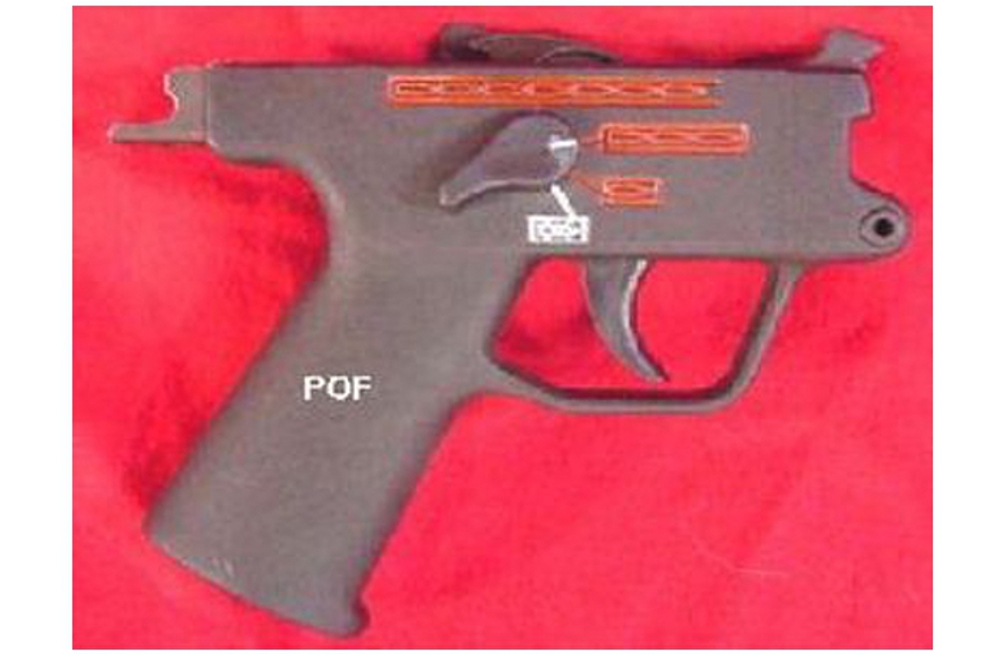
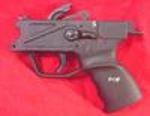
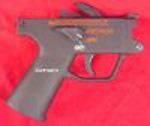



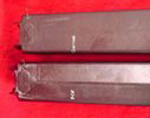

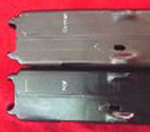
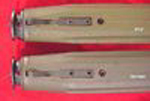
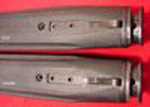
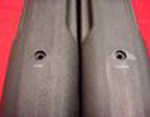
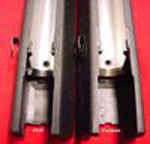
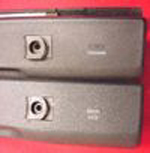

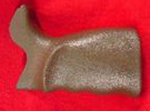
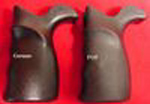

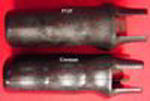
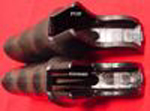


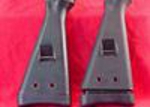




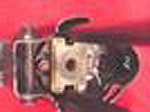
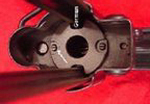
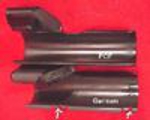
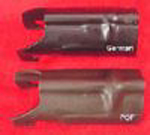
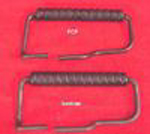


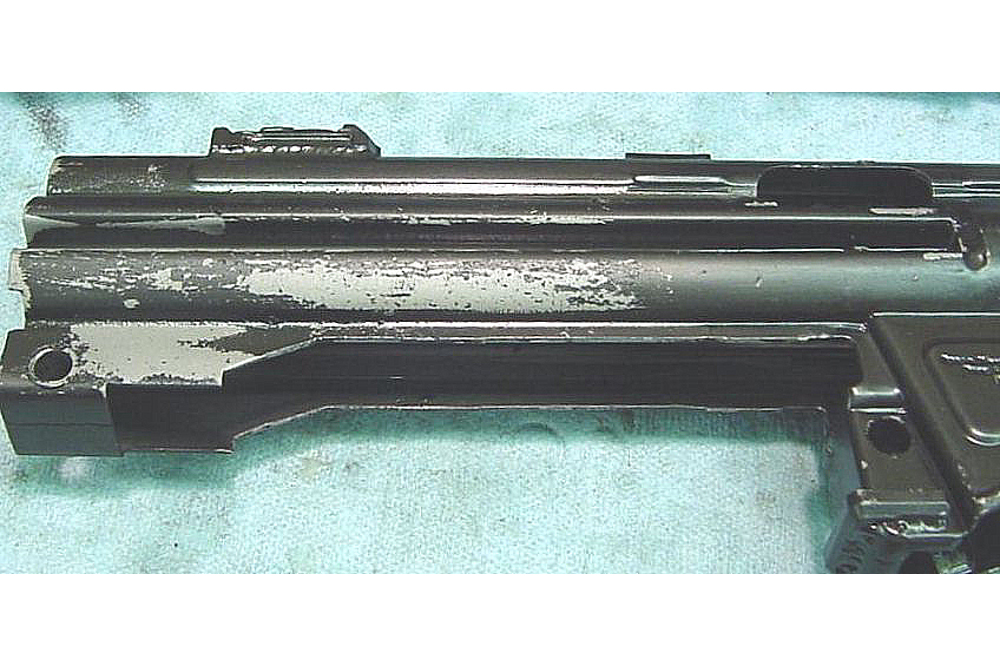
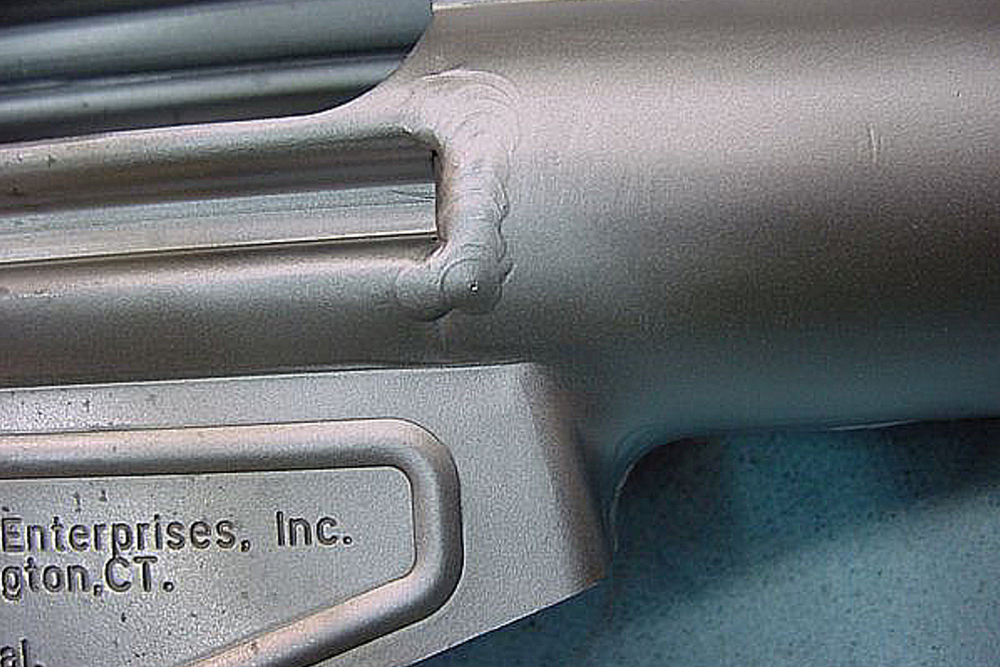
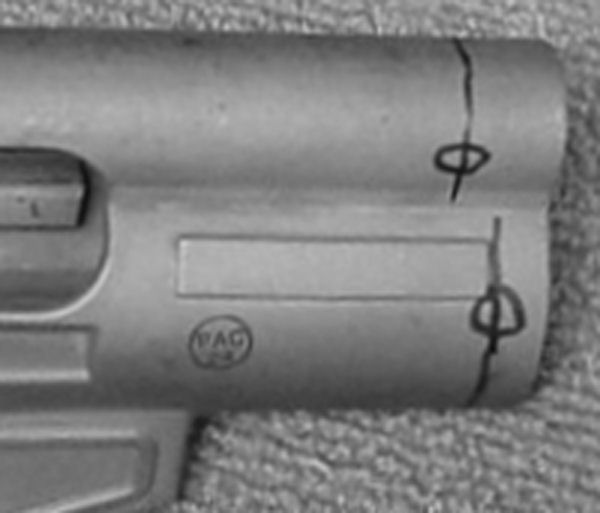
Leave a Reply
You must be logged in to post a comment.